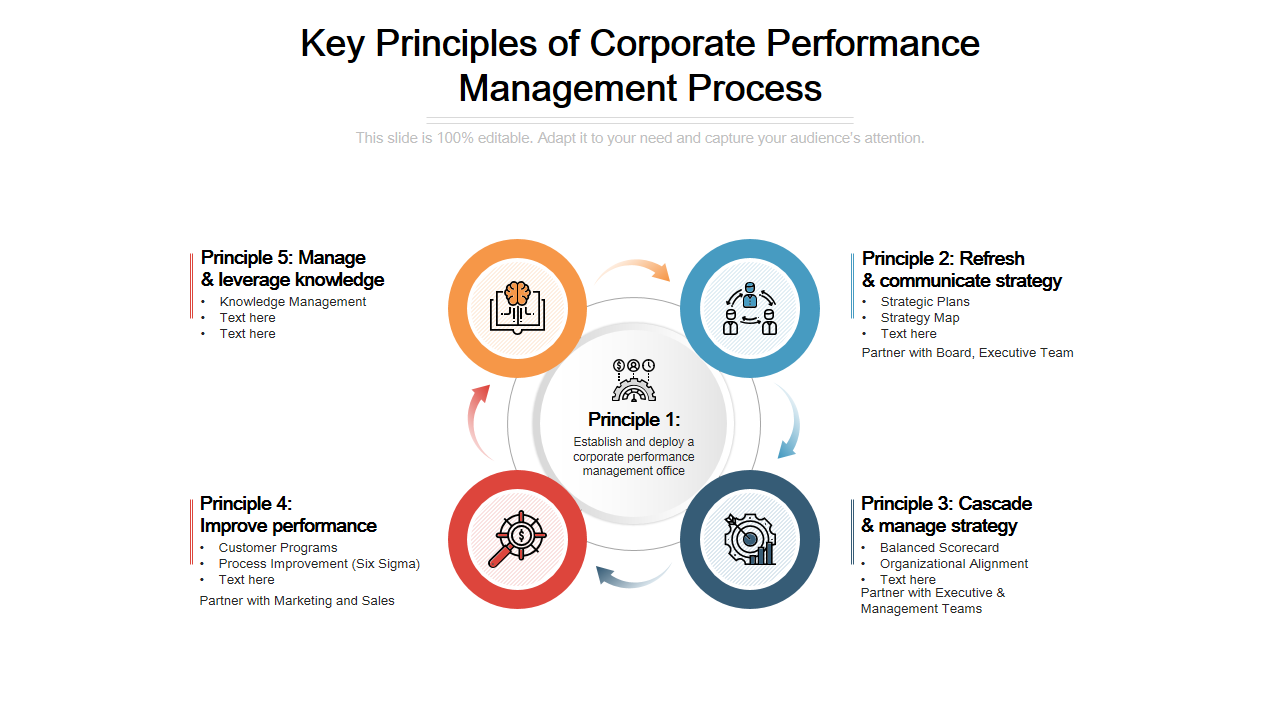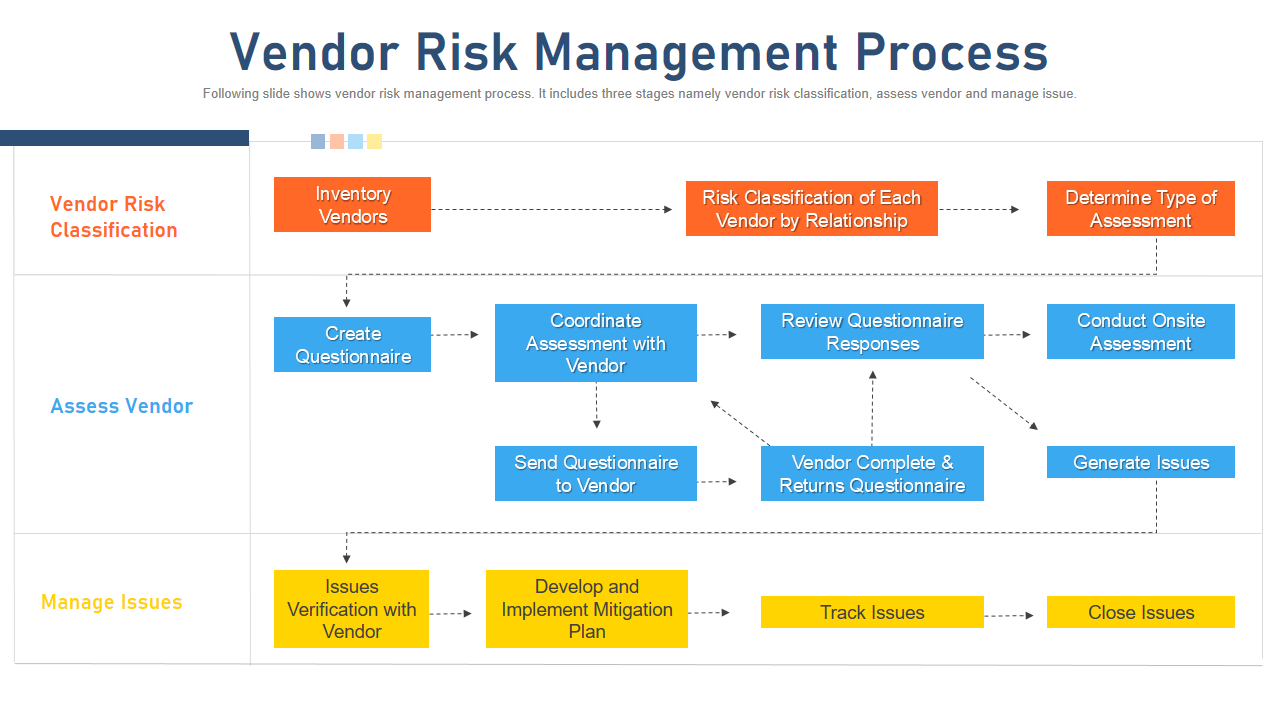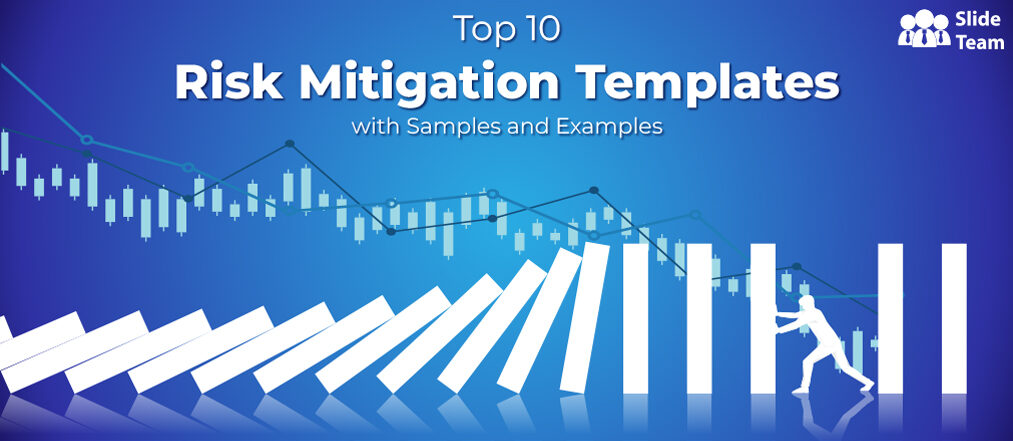"Performance management involves embracing employees' strengths and being open to innovative ideas-even ones that change the status quo."
– Steve Jobs, Co-founder of Apple Inc.
This quote shows us that process management is essential to organizational growth and success, in today's rapidly changing business world. It is a systematic and continuous process that helps organizations align their goals and objectives with employee performance. Performance management involves monitoring, measuring, and developing employee performance to improve the individual and organizational outcomes. It provides an objective and structured approach to identifying and addressing areas that require development, training, or coaching. If the performance management monitor is well-designed, it will help the organization to focus on improving employee engagement, increasing productivity, reducing turnover rates, and ultimately achieving strategic objectives.
An effective performance management process also helps identify high-performing employees who can be groomed for leadership positions and those who need extra support to improve. In this blog, we will discover the key aspects of performance management, the relevance of performance monitoring, and the Top 7 Performance Management Process Templates to help you do this.
Template 1: Standardizing the Vendor Performance Management Process
This professional template design depicts the standardization of the Vendor Performance Management Process. The agenda of this process specifies that when a business organization wants to assess the present business performances and obstacles faced in managing multiple vendors, the organization will then introduce a performance improvement plan, that ensures and forms a top-performing supplier base. Imagine, the firm is facing problems in workflow management and product flexibility. In the case of workflow management, the batches of raw material are approved but not tested to fulfill the customer's demand. On the other hand, product flexibility hampers due to poor vendors' supply chain agility; the firm cannot take heavy customer orders. The main challenges faced in Vendor Management include the complex vendor ecosystem, performance management, and vendor relationships. In the first case, the firm cannot handle and communicate contract compliance expectations to potential vendors without a vendor management team. The firm cannot track the potential vendor's performance, if there is a lack of performance management criteria and scorecards. Lastly, poor vendor categorization leads to the disinterest of valuable suppliers in working with the firm. Showcase this information with a download of our PPT Template!
Template 2: Conventional Procurement Performance Management Process
Use this customized PPT Slide to learn about the conventional procurement performance management process. It includes vendor data management, E-sourcing, and contract management. These three aspects come under upstream. Supplier performance, requisition management, and payment systems are under the downstream. This conventional procurement performance management process generally focuses on vendor portals and information and risk evaluation. It initiates and manages resources by analyzing and optimizing total cost.
Template 3: Monitor the Performance Management Process with An Audit Checklist
This customized template includes five stages, and each phase contains activities. To monitor the process, the first step is to identify the reasons for the poor performance. The organization must set desired performance standards and communicate with the employees. The organization has to inform the consequences of not meeting the performance standards. There is review of the excellent performance period and providing continuous backup. Performance standards are also assessed, and recommendations for further improvements are made.
Template 4: Key Elements for Corporate Performance Management Process Model
One of the most basic templates depicts the vital elements of the corporate performance management process model. The primary aim of this model is to set up the stakeholders' goals, return on investment, compliance, and fulfillment of the KPIs and objectives. The process includes goal setting, strategy formulation, budgeting and forecasting, and supplier performance feedback. Thirdly, the information is cost-effective, accurate, technologically enabled, and appropriate for internal and external performance management models. This model is based on a balanced scorecard and earned value analysis. Measures include both short-term and long-term and qualitative and quantitative. It is based on performance trends. Lastly, people focus on reporting, communication, and leadership.
Template 5: Key Principles of Corporate Performance Management Process
This PPT Layout helps to express the critical principles of the corporate performance management process. The first principle focuses on establishing and deploying a corporate performance management office. Then rthere should be some strategic plans. Thirdly, to cascade and manage a system, there should be a balanced scorecard and organizational alignment. Customer programs and the six-sigma principle should be arranged to improve performance. Lastly, knowledge management should also be considered as an essential principle.
Template 6: Defining Vendors Segmentation Model
This PPT Template allows an individual to understand the vendor segmentation model. This is a 3-tier model used by an organization to classify the potential vendors. It is a graphical representation where the horizontal axis shows the strategic importance of service, and the vertical axis shows the annual volume of speed. Tier-1 is critical for long-term success, and the switching cost is also high. Whereas Tier-2 shows that integrated involvement in business activities is difficult to replace, it delivers profitability. Lastly, in Tier 3, activities are coordinated on a limited basis, and it offers commoditized services. Get this template now.
Template 7: Vendor Risk Management Process
This template shows the Vendor Risk Management Process, which includes three stages: Vendor Risk Classification, Assessing Vendors, and Managing issues. In the first part, there is the information of the vendors. After that, the risk classification of each vendor is done by relationship, and then the determination of the type of assessment is done. This is nothing but the inventory risk classification. To determine the type of assessment, an individual should create a questionnaire, then coordinate the evaluation with the vendor and send it to the vendor. The main aim is to maintain vendor data management. Once the vendor completes and returns the questionnaire, it is reviewed and presents the issues. After reviewing the responses, there is an on-site assessment. When the problems are caused, it is verified by the vendor, and then there is the Implementation of the mitigation plan. After tracking the potential issues, there is a closure of these issues. Follow this process with our PPT Template.
Bottomline
In conclusion, performance management is an ongoing process that supports an organization's strategic goals and objectives by continuously assessing and improving employee performance. A straightforward performance management process sets expectations, provides constant feedback, identifies areas for development, and rewards success. Access our Performance Measurement Process Templates to ensure a smooth flow to business operations.
For more articles related to the Performance management process, Click here.
FAQs on the Performance Management Process
What are performance management processes?
Performance management processes are strategies and methods used by organizations to assess, monitor and improve employee performance. These processes include setting performance goals, providing feedback, evaluating performance, providing training and development opportunities, and rewarding or recognizing high performers.
What are the five performance management processes?
There are five performance management process. Here the first step is the planning which set the employees’ goals and communicating these goals with them. Secondly, managers are required to monitor the employees’ performance on the goal. In the third phase, the development of the employees take place. This is obtained by using the information gathered from the monitoring phase. The fourth phase includes ratings as an important factor to identify employee performance. Lastly, rewarding is the important process for performance management.
What are the four processes of performance management?
The four steps of performance management include strategy, performance objective, feedback, performance review. The performance management requires a set of objectives for each worker. That is strategic planning is the important factor. Secondly, there are a list of objectives for every employee for a time period. The organization follows SMART objectives and the large initiatives count more towards performance.
What are the six steps in the performance management process?
Performance management is for everyone in the organization. There is commitment from the top because if the senior authority exempts the process, it will lose the credibility. Objectives should describe desired outcomes rather than tasks. Feedback is important which helps to improve the employee performance. Regular activity should be reviewed for further progress. A part of improving performance is to establish development plans. Lastly, the best process will fail if the managers do not have the right skill for effective performance management. Therefore, capable managers are also required for performance management.





 Customer Reviews
Customer Reviews
























